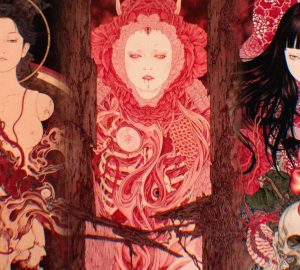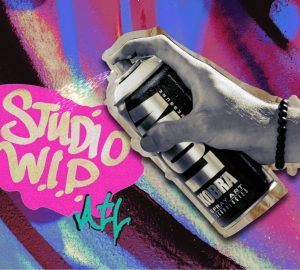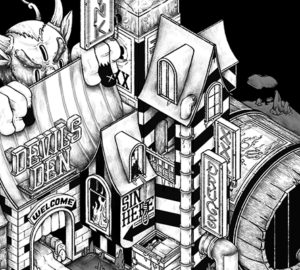Chicanos to Cholos: We gotta stop ignoring their art
The contemporary art world has a long line of people they need to apologize to, and at the top of the list surely has to be the Mexican Americans who made up the Chicano and Cholo Movements. Although the art is banging, it has largely forgotten by Western history. But at the same time, we have the nerve to celebrate its derivatives, and in some cases, only when we don’t realize its Chicano. However, for many this is due to the fact that they don’t know what Chicanos are. So, who are they?
Origins of the Chicano
You know when you’re watching West Side Story, and the Jets are being terrible to the Sharks? That was quite contemporary for many Mexican and Latinx families of the 60’s.
By the middle of the century a full-blown revolution had broken out, known as the Chicano Movement. Not dissimilar to the Civil Rights Movement, Mexican individuals literally just wanted rights… normal people rights. And it took years upon years of protesting to get some. More so toward the end of the decade, some protestors started to use art as a tool to express the thoughts and feelings from within. Thus, the Chicano Art Movement.
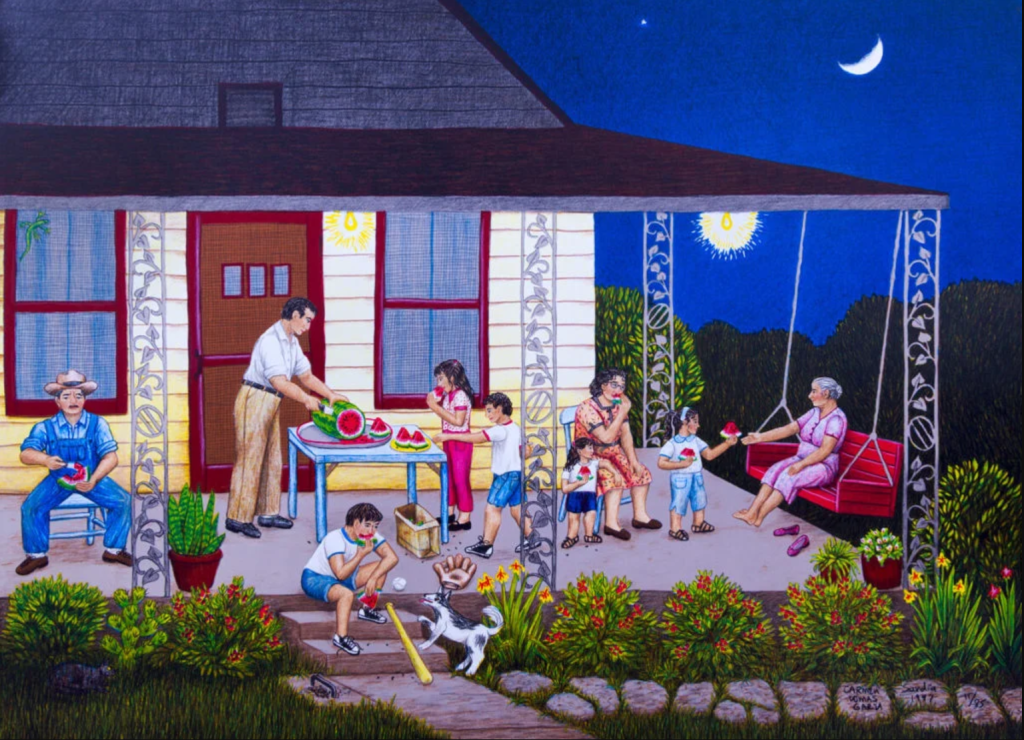
Gilbert Lujan is credited with starting the art side of things, but almost immediately was not the only one. Chicano artist really were jiving with using a pre-Columbian inspired style to express post 1920’s Mexican ideals. Huge themes you would see were family, religious identity, how history shapes community, deportation, being forced to work very hard for little pay, capitalism being bad, and feminism failing brown people. Stylistic it took on a very vibrate and surreal pop art feel, with lots of the art being graffiti designed to be seen by large groups of people.
Transitions into Cholos
Chaz Bojorquez really picked up on the graffiti side of things. He and his contemporaries brought this form of calligraphy into the art world around the same time that a subsection was forming in the wings of the Chicanos. This was the Cholos. Coming from a slur that means “mixed breed dog”, the Cholos were a Latinx bunch who were reclaiming their bad stigma and mixed heritage. A lot of their visuals leaned into the bad apple sort of talking points white America levied at them. Capturing a certain Southwest Gansta flavor that was undeniable. In contrast to Chicano art, a lot of Cholo art was less colorful and a lot gritter. It also focused on different mediums such as fashion and photography.
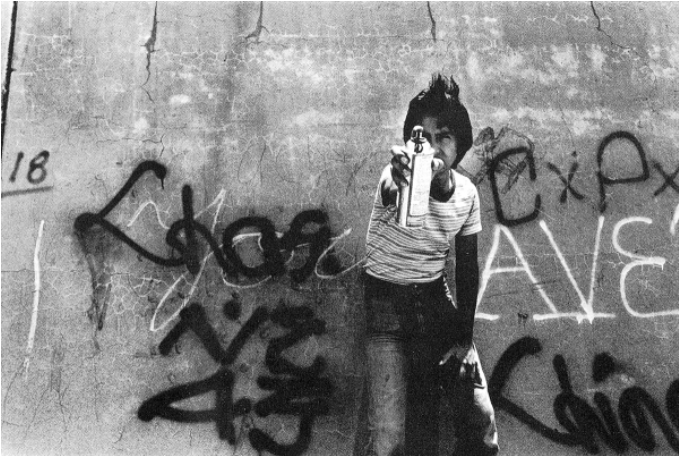
Finding Chicano and Cholo influences in popular art requires zero stretching. Lujan, for example, has an art style that almost looks exactly like it came from a Nickelodeon 90s cartoon. Which in context doesn’t sound that crazy. Nickelodeon’s Studio is in Burbank, CA, and they’re known to work with LA artist. So, if those artists grew up in the area, they most likely would have seen Chicano art as a kid, possibly even an original Lujan. For the 00s babies, do you remember the airbrushed trend?

Getting your name or the year on something like a shirt, hat, etc.? It was seen on celebrities across the nation, and the font used was almost identical to the Cholo graffiti style. Sometimes it straight up was just the Cholo graffiti style. Cholos have inspired fashion in other ways as well. For example, in 2015 Moschino released their winter line featuring graphics of Looney Tunes characters wearing streetwear. They were praised for being so fun and youthful, but that practice had been done by Latinx merchants for years. You can go to virtually any area near a city and find a Hispanic run store that has your favorite character decked out like they’re straight from the block. But when Moschino does it, it’s high art? Ok, Jan.
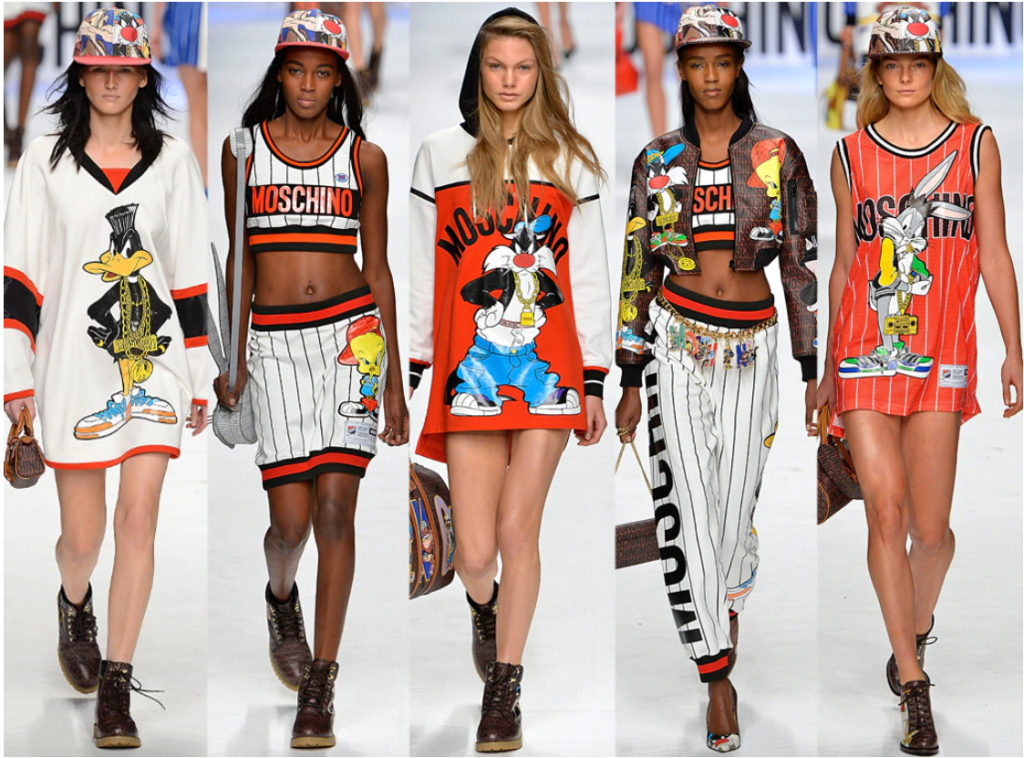
If we listed every example, we’d be here all day. If we were to give justice to the Chicano and Cholo artistic history alone, it would take at least 3 days. The point however is that they exist, and they have been trailblazers for so much of the fashion, entertainment, and design work we consider to be staples of our past and present. So, the next time you’re looking for a tattoo to get on Pinterest, hopefully you’ll take the time, and look up the artist who created it. Because more times than not, they probably were inspired by a Chicano.





















